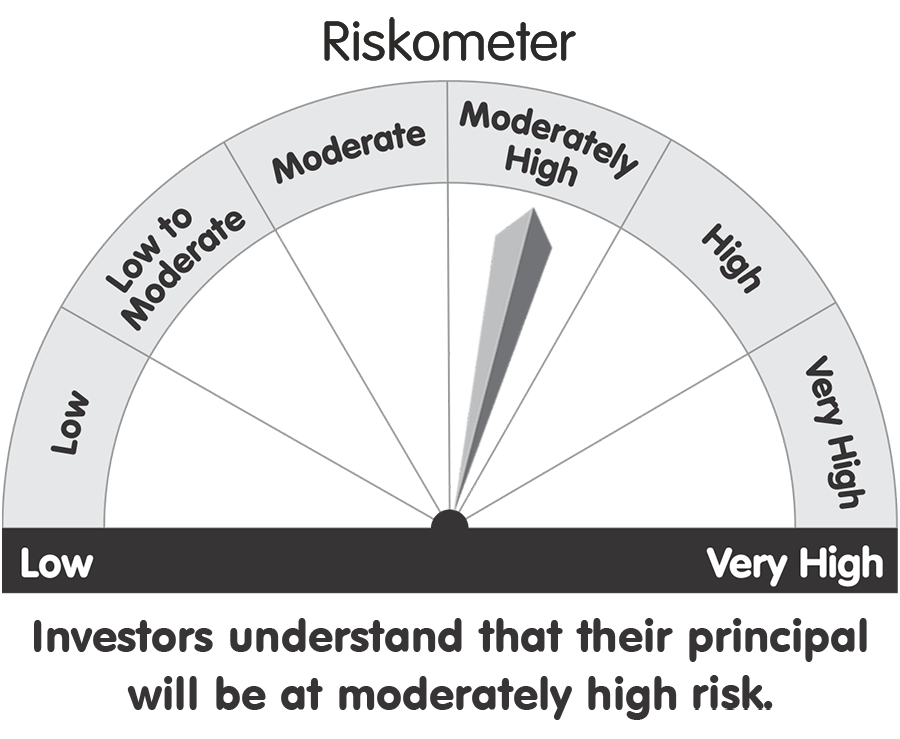State Development Loans or SDLs as they are more commonly known, are issued by the State Governments to fund their fiscal deficit. Each state can borrow up to a set limit. SDLs service their interest at half-yearly intervals and repay the principal amount on the maturity date.
Rating agencies such as CRISIL & ICRA provides the prices of these SDLs every business day.
The RBI manages these SDL issues. RBI also makes sure that the SDLs are serviced by monitoring payment of interest and principal. The RBI has the power to make repayments to SDLs out of the central government allocation to states. The Reserve Bank of India maintains a fund that provides contingent liabilities arising with respect to borrowings by undertakings of the state.
Mutual funds, pension funds, provident funds, commercial banks, insurance companies invest in these SDLs. Also, individual investors can now invest in State Development Loans (SDLs) securities through the
RBI platform. In 2015, the Government permitted Foreign Portfolio Investors (FPIs) for buying SDLs of up to 2% of outstanding SDLs in the market in a phased manner upto 2018.
SDLs are relatively illiquid compared to the Government securities (G-Secs) and that can be seen in the daily traded volumes.Lack of liquidity can be attributed to low outstanding stock of multiple SDLs, market microstructure and lack of market makers. It is also because insurance companies and provident funds hold a major proportion of the outstanding issues and they are largely hold to maturity investors.
The commonly asked question relating to SDLs is with respect to the credit risk. SDLs are classified as sovereign and the RBI has the power to repay the SDLs out of the allocation of taxes to be received by the State Governments.
The absence of the credit risk can be seen from the fact that risk weight assigned to holdings of SDLs by the commercial banks in calculating the Capital to Risk (Weighted) Assets Ratio (CRARs) under the Basel III regulations
is zero - similar to that assigned for Government securities*.
* Source : RBI Bulletin dated 11th September 2018
Parag Parikh Conservative Hybrid Fund
This product is suitable for investors who are seeking*
- To generate regular income through investments predominantly in debt and money market instruments.
- Long term capital appreciation from the portion of equity investments under the scheme.
|

|
*Investors should consult their financial advisers if in doubt about whether the product is suitable
for them.
Riskometers as on May 31, 2024
